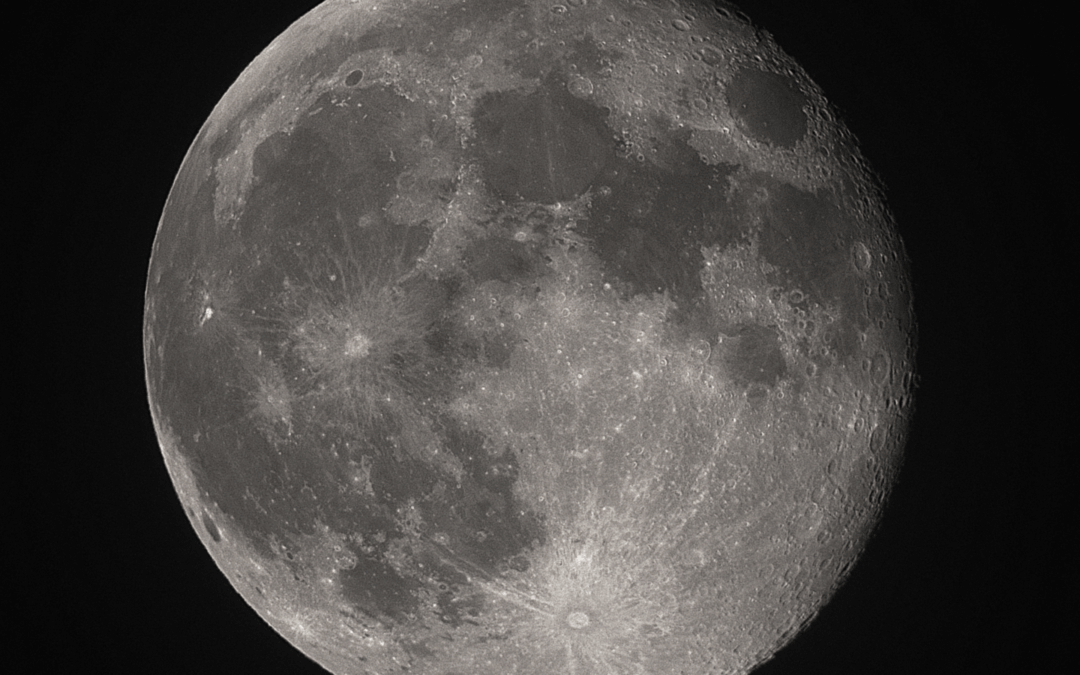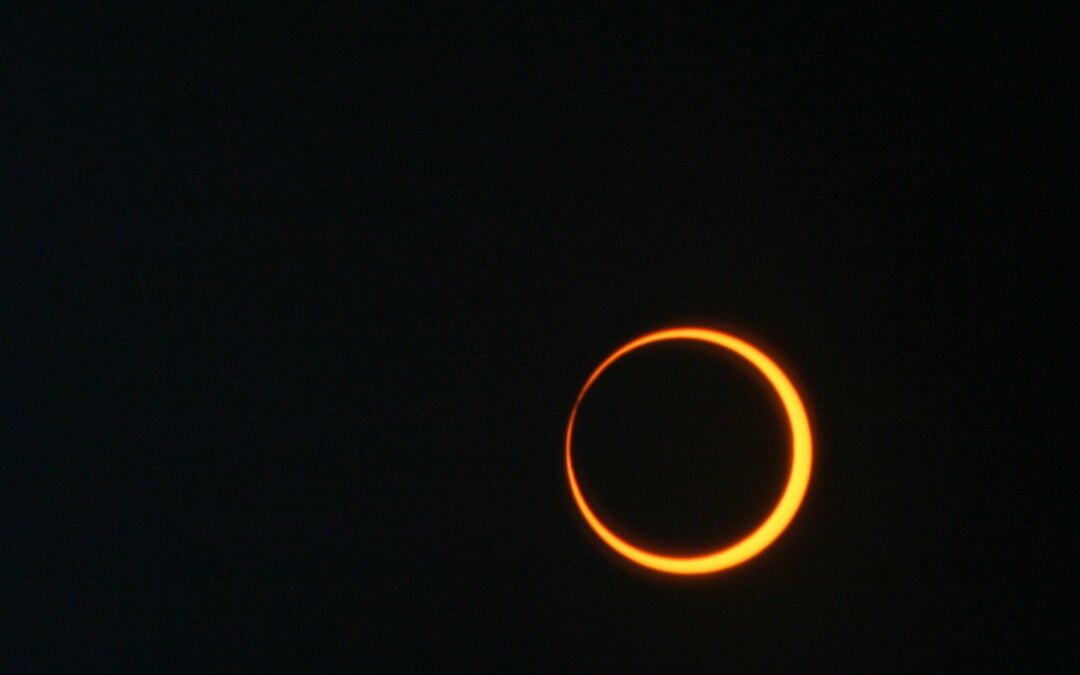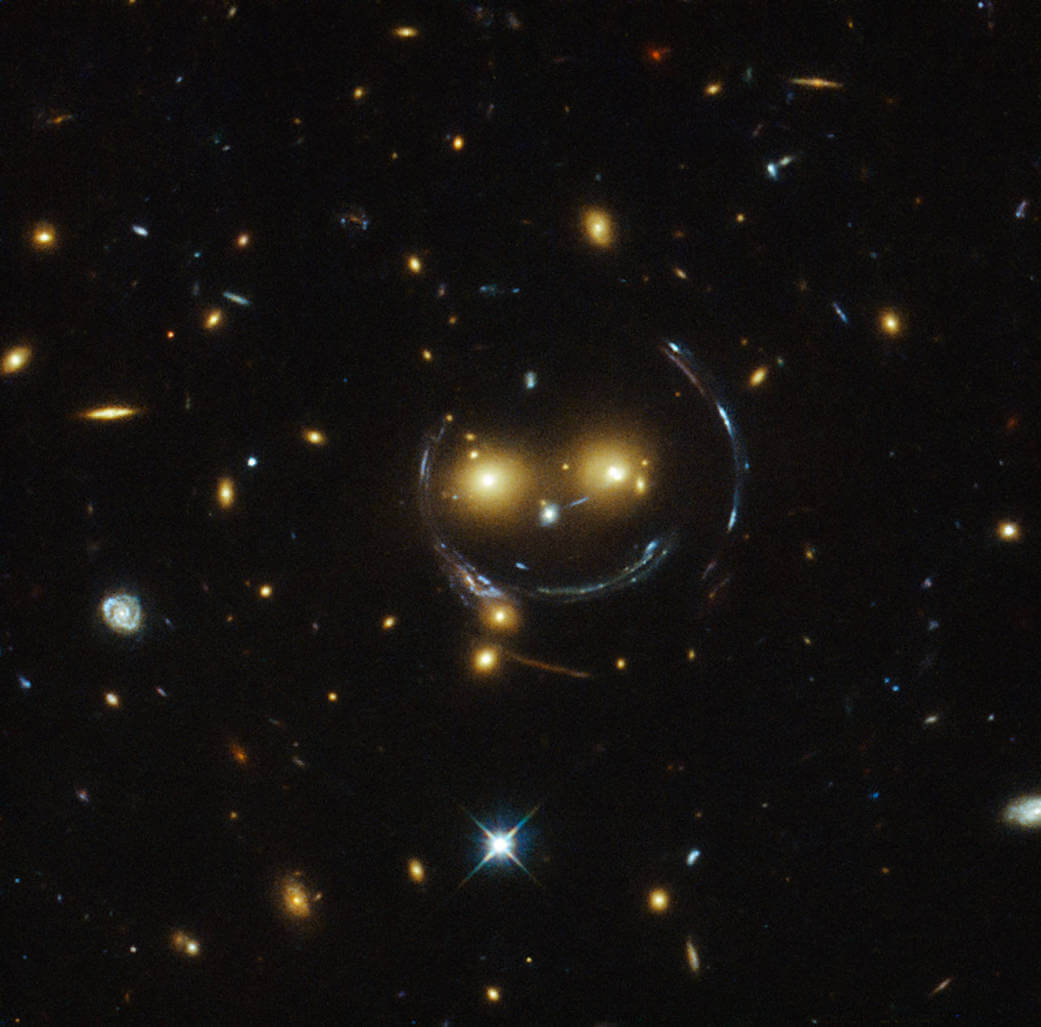If you have a passion for space and desire to support science, then you’ll find joy and meaning in citizen astronomy—where citizen science and space science come together. Hunt for hazardous asteroids, study light pollution, explore distant galaxies and discover new worlds – all from the comfort of home, and often the convenience of your smartphone. Below are six fantastic citizen science programs for space-loving science champions.
1. NASA’s Backyard Worlds: Planet 9
Is there a large planet at the fringes of our solar system awaiting discovery? You could help solve the mystery!
Help NASA search for the elusive Planet 9 and for new brown dwarfs in the backyard of the solar system. You’ll use data from NASA’s Wide-field Infrared Survey Explorer (WISE) mission. (There are too many images for NASA to search through by themselves.) Citizen scientists comb through the images by eye, to distinguish moving celestial bodies from ghosts and other artifacts. Join the search, and you might find a rogue world that’s nearer to the Sun than Proxima Centauri—or even the elusive Planet Nine.
2. Planet Hunters TESS
You could be the first person to discover a planet around a nearby star in the Milky Way! Want to give it a try?
The recently launched Transiting Exoplanet Survey Satellite (TESS) is providing us with a huge amount of data that lets us look for planets outside of our own Solar System. Over the next two years TESS will be busy surveying two-hundred-thousand bright nearby stars, measuring and recording their brightness every two minutes. With your help, we hope to uncover lots of interesting planetary systems, allowing us to explore the formation and evolution of these worlds. Our findings may even bring us one step closer to answering the question that we all seek to answer: Are we alone in the Universe?
3. Globe at Night
Light pollution threatens not only our “right to starlight”, but can affect energy consumption, wildlife and health. Submit simple observations to help protect our dark skies!
Globe at Night is an international citizen-science campaign to raise public awareness of the impact of light pollution. Citizen scientists observe a constellation, measure their night sky brightness using a chart, and submit simple observations from their computer or smartphone. At the Globe at Night website, find light pollution information and resources, explore an interactive data map, or see how your city did with the regional map generator.
4. Galaxy Zoo
Could you be the first to see a new galaxy? It’s possible with Galaxy Zoo!
Each galaxy, containing billions of stars, has had a unique life, interacting with its surroundings and with other galaxies in many different ways. The aim of Galaxy Zoo is to understand these processes. To understand how galaxies form and evolve, volunteers are needed to help classify them according to their shapes. If you’re quick, you may even be the first person to see the galaxies you’re asked to classify. Simply look at telescope images of distant galaxies. Select a shape. Submit, and voila! Galaxy quest complete.
5. Citizen Astronomy with Unistellar
Can you model an asteroid or detect a distant planet—using a telescope in your backyard? With the Unistellar eVscope and eVscope eQuinox, you can!
Detect a near-Earth asteroid to help us learn more about these potentially hazardous objects and protect humans from a devastating impact. Search for and discover distant planets, orbiting stars outside of our solar system, and help find intelligent life beyond Earth. This and so much more is possible with Unistellar’s revolutionary digital telescopes and its scientific partnership with the SETI Institute. Read our blog for seven ways you can be a space scientist with Unistellar.
6. GalaxyCruise
Have you noticed that galaxies can have very different forms and interact with each other? Spot cosmic collisions in this cool campaign!
Galaxy Cruise is a citizen astronomy project run by the National Astronomical Observatory of Japan (NAOJ) relying on observations captured by the Subaru Telescope. This program will ask you to look at multiple galaxy images, to classify their shapes, to identify their interactions and to spot signs of collisions between galaxies.
Further readings
Unistellar Community Included In Multiple Scientific Papers
Did you know Unistellar Citizen Astronomers are often cited in published scientific papers? Find out how you can contribute too!
What Are the Names of All the Full Moons in 2024?
Discover the enchanting names of the full moons in 2024. Delve into the unique character of each lunar spectacle and embrace the allure of the night sky.
New Unistellar App Update: Version 3.0
The latest Unistellar App Update, version V3.0, is now live. Explore a smooth stargazing experience !
What to Observe This November: Open Star Clusters and More
These Halloween deep-sky objects will add some light to those dark, spooky nights. Treats, tricks, and telescopes await!
When Is the Next Solar Eclipse, and How to Observe It With a Unistellar Telescope
An annular solar eclipse is visible from the Americas on October 14. Learn how to witness the Ring of Fire with your Unistellar Telescope!
Halloween Observing Guide: Spooky Deep-Sky Objects
These Halloween deep-sky objects will add some light to those dark, spooky nights. Treats, tricks, and telescopes await!





